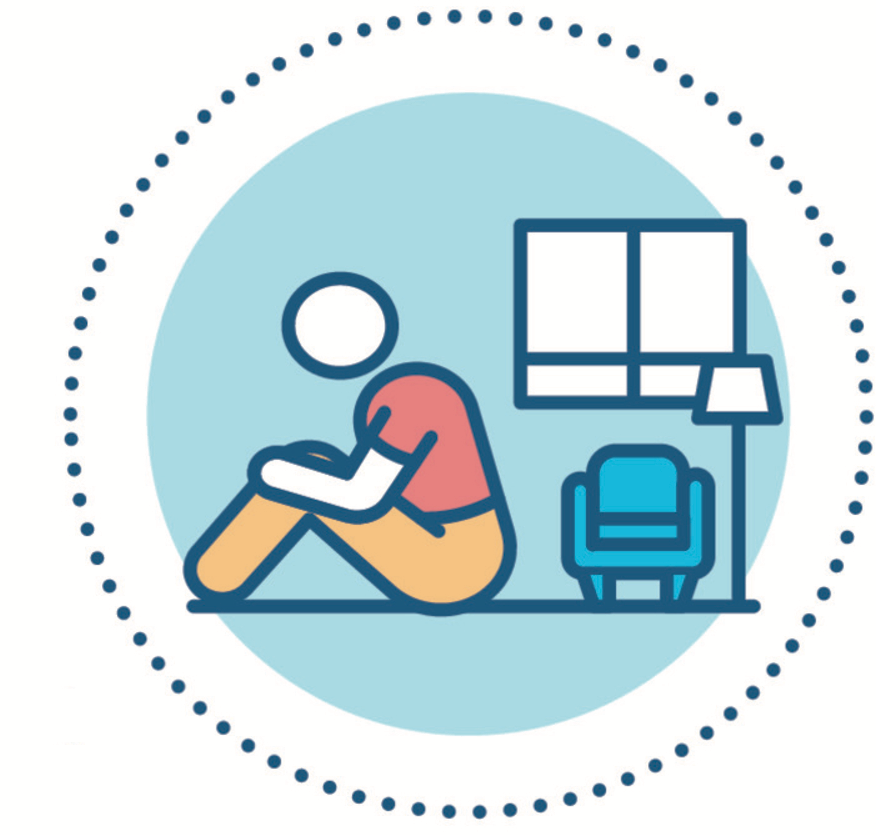Certain times of the school year DRAG, and students all over the globe struggle to find the motivation to focus and keep on learning. In that respect, your homeschooled students are no different than young people in any other academic setting anywhere around the world. If you’re struggling to prevent homeschool burnout in yourself or your students, then it’s time to take inventory of what you can do to get yourself and your students pumped and ready to learn again.
Save Room for Flexibility
Sometimes, homeschool families forget that one of the main benefits of teaching in a non-traditional setting is the flexibility. If you or your students are feeling like you’re in a rut, take advantage of the flexibility that homeschooling provides. Start your day a little later, take a longer break in the middle of your day, or finish early. When the weather is nice, stop what you’re doing and get some time outside to soak up the vitamin D we all need so badly to uplift our moods.
Spend some time doing activities that are fun and exciting. If you’ve got snow in your area, head outside to sled or for ice skating. If you’ve got warm beaches, then hit the sand and see who can build the most intricate sand castle or swim the fastest from dock to shore. Challenge your teens to try a healthy activity they’ve never tried before; challenge your artists to capture the natural world around them. Maintaining a strong academic schedule is important, but if you’re all struggling to make progress anyway, then exercising your right to a flexible schedule might be the key to getting back on track.
 Get Out of the House
Get Out of the House
When school starts to drag and burnout is setting in, taking a field trip can be a great remedy. If you’ve got a local historical society nearby, this can be a good place to start. You don’t even have to worry about any sort of homework or projects related to the visit. Just let your students enjoy the time away. They might even learn something more effectively without an assignment looming overhead, dragging them closer to burnout.
Museums of all sorts are great places to go to break up the school year. Art, science, cultural, or history museums can all open your students’ eyes to the world around them. You can give them loose expectations about what you want them to get out of the adventure or just consider it a time to let loose and spend time observing and sharing interests together. Regardless of your objectives, a trip out of the house can really breathe some life into school.
You don’t even have to go on a field trip to get out of the house. If your students are teens, get some free passes to a local gym or community center and hit the gym for physical education. Take some time to read at a local coffee shop. Spend time with a book, a soccer ball, or some art supplies at your local park.
If you’re looking for some place different to read, research, or study, head to the public library. You can even give your students time every week to spend at the library to work on independent study or to find new reading materials. Additionally, libraries often have study rooms that you can sign up to use as a classroom occasionally. A change of scenery can help you avoid the feeling of burnout that comes with feeling trapped in the same house day-in and day-out.
 Eliminate Busy Work
Eliminate Busy Work
Busywork is a dirty word in education. No one wants to do it: teachers or students. You can eliminate busywork for yourself by outsourcing some of the grading by purchasing all or some of your curriculum through an accredited online school. That way, you can focus on encouraging your student, finding out what makes them tick, and implementing some exciting activities and projects that will help their academics come alive. If you don’t have to score their quizzes, tests, and essays, you’ll find that you have a whole lot of time to be the cheerleader your child needs as they explore who they are and who they want to be.
Busywork for students is no good either. Finding a program that provides your students with a well-rounded academic experience minus the excessive worksheets and nonsense activities can be challenging, so be sure you investigate what the core content is of any program you sign up with. If you’re creating most of your student’s curriculum, don’t feel like you need to pack every part of every day with page after page of work. It’s okay to cut to the most important information for some lessons and fill the rest of the time with exploration, hands-on learning, and even conversations about what the lessons were about. Students often learn the most when they’re talking about what they were learning or when they’re showing you what the lesson was about. They rarely learn best from page after page of worksheets (busywork).
 Provide Independent Learning Time
Provide Independent Learning Time
When you start to notice your students facing burnout, that’s a great opportunity to provide some independent learning time. Have your students create a proposal of the topic they’d like to explore and then spend some time talking to them about what they’re discovering. You could have them create a presentation, write a paper, or complete a project if you’d like, but the most important thing is that they have a chance to explore something of their own interest; often the best results come when the student gets to choose how they’re going to demonstrate what they learned.
You could give them parameters around this, or let them have free reign. It’s really up to you and your teaching and parenting style. You might want to narrow their topic choices to something like “careers” or keep the exploration related to a specific subject area; on the other hand, you might want to let them explore with no boundaries other than ending with a final product of some sort. If your child wants to learn what it took to develop their favorite video game or YouTube channel, then they can go for it. Providing some guided-but-independent learning time is a great way to bust the burnout blues.
Take Time Off
Yep, you read that right. Take some time off. If you’re facing burnout, you can shorten your school days for a bit or cut your week down to fewer days entirely. Take a week off to visit family or spend some time working on a project together at home or in your community. You know your children better than anyone else does, so making sure that you give them what they need – even if it’s time off – is one of the benefits of homeschooling. Self-care is healthy! So if you and your kids need some time, take it and enjoy the freedom your choice to homeschool has provided both you and your children.
About Northgate Academy
If you’re not already a student at Northgate Academy but you’re interested in using our faith-based online high school program as an accredited choice for your Christian student, your Christian school, or as a resource for homeschool coursework, you can check out our programs online. We welcome and support our part-time students too. Every full-time student at NGA is assigned an Academic Success Coach and can communicate with subject matter experts via email or reach out to our staff through online chat and text.
Still have questions? Feel free to send us a text at 763-412-4701 or call us at 800-339-7132. Our academic support team will be happy to answer your questions or help guide you to the best program for you or your child.




